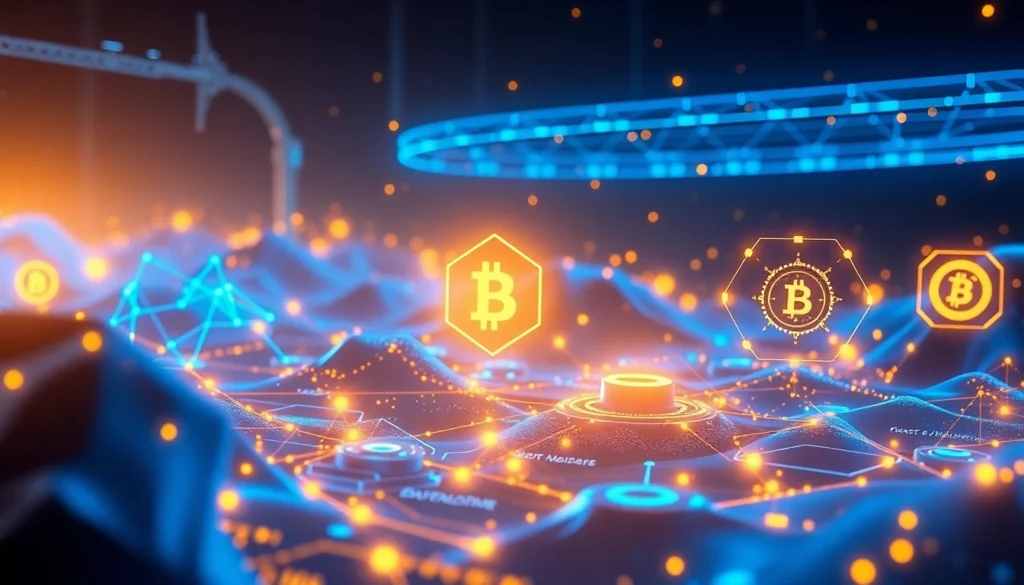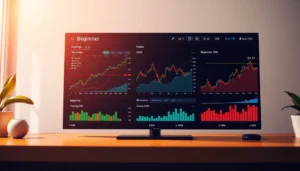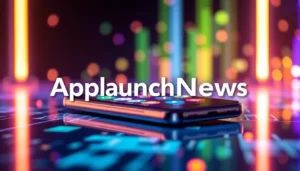
Understanding Blockchain and NFT Technology: A Comprehensive Guide for Traders and Investors
In recent years, blockchain and non-fungible token (NFT) technology have revolutionized the landscape of digital assets and investment strategies. With financial markets becoming increasingly interconnected with these innovative technologies, understanding their fundamentals, benefits, challenges, and integration methods is essential for traders and investors seeking to stay ahead in this dynamic environment. Whether you are exploring new avenues for diversification or aiming to leverage blockchain’s transparency and NFT’s uniqueness, this guide aims to provide a thorough understanding to empower your decision-making. For a deeper dive into these technologies, visit our Blockchain and NFT Technology Guide.
Fundamentals of Blockchain Technology and Its Impact on Digital Assets
What is Blockchain Technology?
Blockchain is a decentralized digital ledger that records transactions across multiple computers, ensuring transparency and security without the need for a central authority. Each block contains a list of transactions, cryptographically linked to the previous block, creating an immutable chain. This structure provides a tamper-proof record, making it ideal for various applications beyond cryptocurrencies, such as supply chain management, voting systems, and property records.
Key Benefits for Financial Transactions
- Security: Cryptographic protocols ensure data integrity and protect against fraud.
- Transparency: All participants can verify transaction histories, reducing disputes.
- Efficiency: Eliminates intermediaries, reducing transaction times and costs.
- Accessibility: Facilitates financial inclusion by allowing access to banking-level services through digital platforms.
Common Challenges in Blockchain Adoption
Despite its advantages, blockchain adoption faces hurdles such as scalability issues, energy consumption concerns, regulatory uncertainties, and interoperability between diverse blockchain networks. Overcoming these challenges requires ongoing technological advancements, clear regulatory frameworks, and industry collaboration. For instance, initiatives like layer 2 solutions aim to enhance scalability, while sustainable consensus mechanisms reduce environmental impact.
NFTs: Digital Collectibles and Asset Tokenization
What Are Non-Fungible Tokens?
Non-fungible Tokens (NFTs) are unique digital assets stored on a blockchain that certify ownership of a specific item, such as digital art, music, videos, or virtual real estate. Unlike cryptocurrencies like Bitcoin or Ethereum, which are interchangeable, NFTs are indivisible and represent one-of-a-kind items. This uniqueness and verifiable scarcity have fueled their popularity among artists, collectors, and investors.
Creating and Minting NFTs
The process of creating NFTs, known as minting, involves uploading digital content to an NFT platform (such as OpenSea, Rarible, or Foundation) and registering it on a blockchain like Ethereum or Binance Smart Chain. This process assigns a unique token ID and metadata, establishing provenance and ownership. Successful creation requires understanding smart contracts, choosing appropriate royalty settings for secondary sales, and setting clear licensing terms.
Legal and Ownership Considerations
Legal considerations around NFTs include rights management, intellectual property, and copyright issues. Ownership of an NFT does not necessarily equate to copyright transfer; creators may retain rights unless explicitly specified. Additionally, consumers should be aware of the jurisdictional regulations impacting digital assets. As the market matures, standardized licensing agreements and clear legal frameworks will become increasingly vital for safeguarding interests.
Integrating Blockchain and NFTs into Investment Strategies
Market Trends and Investment Opportunities
The convergence of blockchain and NFTs has created new asset classes with high-growth potential. Notable trends include the rise of NFT marketplaces, tokenized real estate, gaming assets, and decentralized finance (DeFi) projects. Investors can diversify portfolios by allocating assets across these domains, leveraging blockchain’s transparency for due diligence. For instance, NFT art collections have delivered impressive returns, while tokenized commodities like gold and silver provide traditional assets on a blockchain framework.
Risk Management and Due Diligence
While opportunities abound, risks include market volatility, scams, smart contract vulnerabilities, and regulatory uncertainties. Conducting thorough research, verifying platform credibility, and understanding the underlying assets are essential steps. Utilizing reputable exchanges and portfolio tracking tools can aid in monitoring performance and managing exposure effectively.
Platforms and Tools for Blockchain and NFT Trading
Successful engagement requires selecting reliable trading platforms and analytical tools. Major platforms include Coinbase, Kraken, and Binance for cryptocurrencies, and OpenSea, Rarible, and SuperRare for NFTs. Advanced tools like NFT analytics dashboards and on-chain data explorers help investors assess market trends, ownership histories, and liquidity, enabling informed investment decisions.
Security, Regulations, and Future Developments in Blockchain and NFTs
Ensuring Safe Transactions and Wallet Security
Security is paramount in managing digital assets. Use hardware wallets or cold storage solutions to safeguard private keys. Enable multi-factor authentication, regularly update software, and verify platform security certificates. Be vigilant against phishing scams and fraudulent schemes prevalent in the space.
Global Regulatory Landscape for Blockchain and NFTs
Regulatory approaches vary worldwide, with some countries embracing blockchain innovation while others impose restrictions. The U.S., European Union, and Asian regulators are actively developing frameworks addressing anti-money laundering (AML), Know Your Customer (KYC), and tax compliance. Staying informed about evolving laws and engaging with compliant platforms helps mitigate legal risks.
Emerging Technologies and Industry Predictions
Emerging trends include the integration of artificial intelligence (AI) with blockchain, enabling smarter contracts and enhanced analytics. Layer 2 scaling solutions and interoperability protocols will improve network efficiency and cross-chain transactions. Experts predict that blockchain and NFTs will become integral to mainstream finance, gaming, and social media, with substantial growth driven by technological advances and regulatory clarity.
Practical Steps to Embark on Blockchain and NFT Investing
Choosing the Right Platforms
Start by evaluating platform credibility, fee structures, user interface, and security features. For crypto trading, Coinbase and Binance offer robust security and liquidity. For NFTs, reputable marketplaces include OpenSea and Rarible. Consider platforms supporting the tokens or assets you aim to acquire, and verify their compliance with legal standards.
Building a Diversified Digital Asset Portfolio
Balance your investments across various assets such as cryptocurrencies, NFTs, and tokenized commodities to mitigate volatility. Allocate a portion to high-potential, high-risk assets and reserve some for more stable holdings like stablecoins or tokenized assets backed by real-world value. Regular rebalancing based on market trends ensures optimal portfolio performance.
Measuring Success and Performance Metrics
Track your investments using metrics such as ROI, asset appreciation, transaction volume, and liquidity. Set clear benchmarks and regularly review your portfolio against these goals. Monitoring on-chain data and market sentiment can also inform timely adjustment of your investment strategy.



